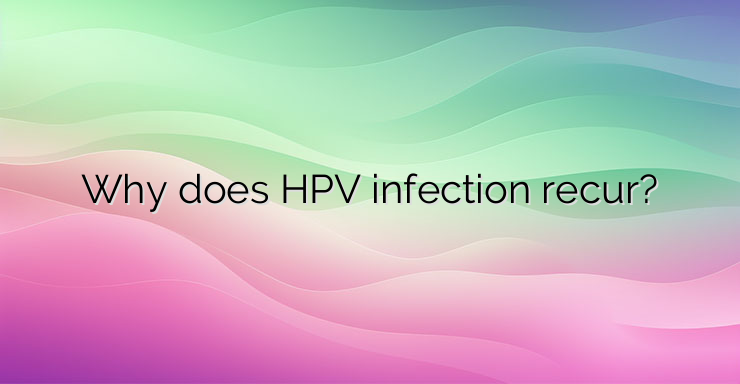The human papilloma virus, or HPV – human papilloma virus, is a widespread causative agent that is associated with sexual transmission, but this is not the only mechanism. Infection, except in the area of ??the genitals and anus, can occur with skin lesions, as well as the development of an oral form of the infection. In more severe cases, the causative agent can also reach the lungs, where respiratory papillomatosis is formed. In the evolution of papilloma viruses, oncogenes arise and are selected, which also determine the oncogenic potential of the different types. The human papilloma virus is represented in a group of more than 200 genotypes, grouped into three genera: alpha, beta and gamma papilloma virus. Some cause benign and self-limiting infections, a small number of them lead to chronic infections, and infection with others leads to the development of cancer. In 1842, the Italian doctor Rigoni-Stern, after analyzing the causes of death of women, noted the high incidence of cervical cancer in married women, widows and prostitutes, and the low incidence of the disease in virgins and nuns. Statistical models show that nearly 80% of sexually active women and men become infected at least once during their lifetime, with at least half of the infections being of the high-risk type. In women, the risk is greater, 40% of them become infected within 2 years after first sexual contact. Factors for which a causal relationship with cervical cancer has been established are the number of sexual partners and the number of partners of the current partner, smoking, number of births, long-term use of hormonal contraceptives, co-infection with HIV. Possible cofactors are coinfection with Chlamydia trachomatis, herpes simplex virus-2, immunosuppression, malnutrition. In addition to the risk of developing cancer, the chronic carrier of HPV leads to a lower frequency of pregnancy – 23.5% compared to 57% in uninfected. A higher incidence of abortion after IVF is also reported by experts. Like any virus that has the ability to become chronic, HPV has the ability to “evade” immunity. Unlike other viruses that block various factors of immune protection, HPV does this through the peculiarities of its formation. For HPV infection to occur, it is necessary for the virus to penetrate through microtrauma to the basal layer of the epithelium, where it establishes a genomic reservoir. The formation of the viral particle occurs in the process of differentiation and shedding of the epithelium without viremia, without virus-induced cell death and without inflammation, which makes the virus invisible to the immune system. The clearance of the infection is not by immune neutralization and cytotoxic reaction against the infected cells, but mechanically by the sloughing of the epithelial cells. The only possibility for the formation of permanent immunity is the injection of a vaccine, which is given in several doses according to a certain scheme, depending on the company to which it belongs. But the most common scheme is three doses. Often patients do not complete and reach a 2-dose regimen.The epidemiological effect of vaccination is noted within 5-8 years after the introduction of a vaccination program. With immunization coverage above 50%, the incidence of HPV 16/18 decreased by 80% in girls between 13 and 18 years of age, and by 66% in women between 20 and 24 years of age. Anogenital warts decreased by 67% in 15-19 year olds and by 54% in 20-24 year olds. Reduced carriage and morbidity was also observed in boys and men not included in the program, indicating group protection. References: 1. W. Orenstein, Plotkin’s Vaccines (8th Edition), 2023; 2. Mariani L. et al., Overview of the benefits and potential issues of the nonavalent HPV vaccine; Internal Journal of Gynecology and Obstetrics; 2017.


Leave a Reply